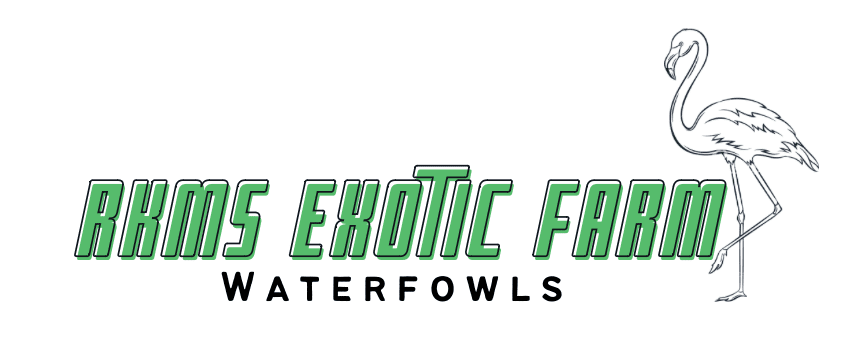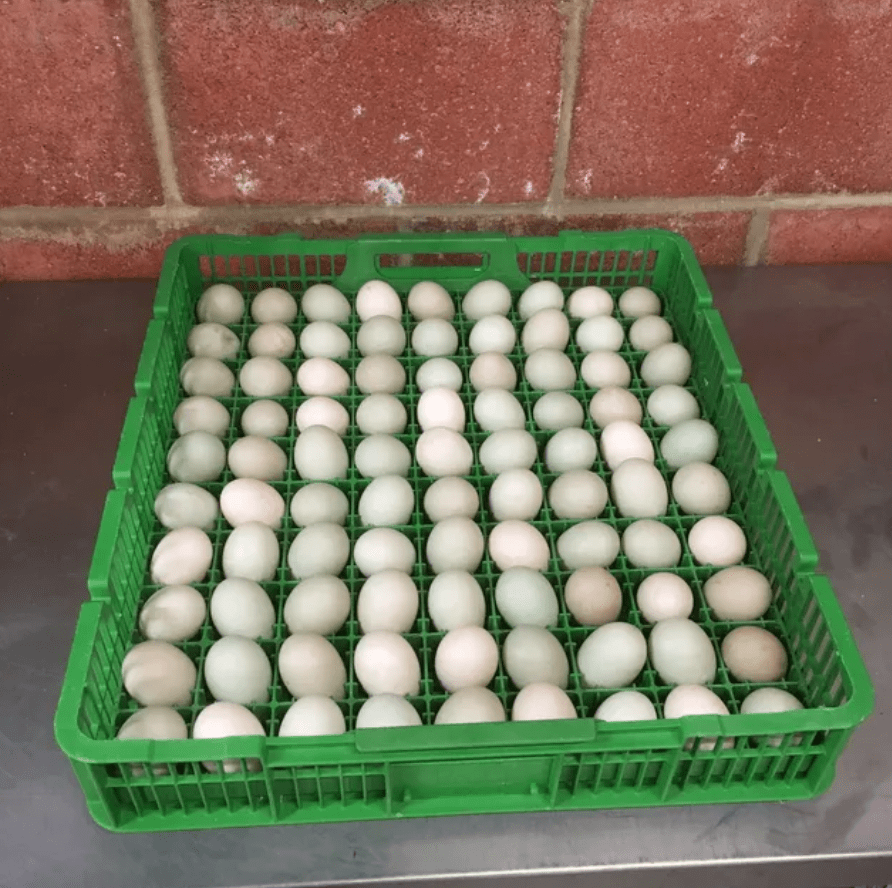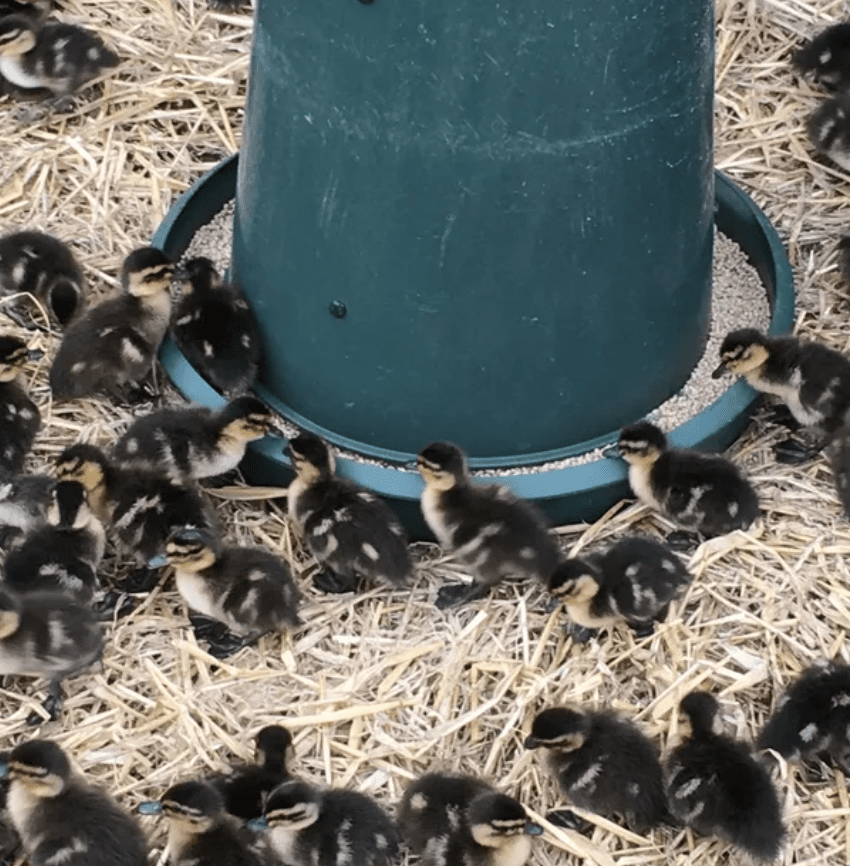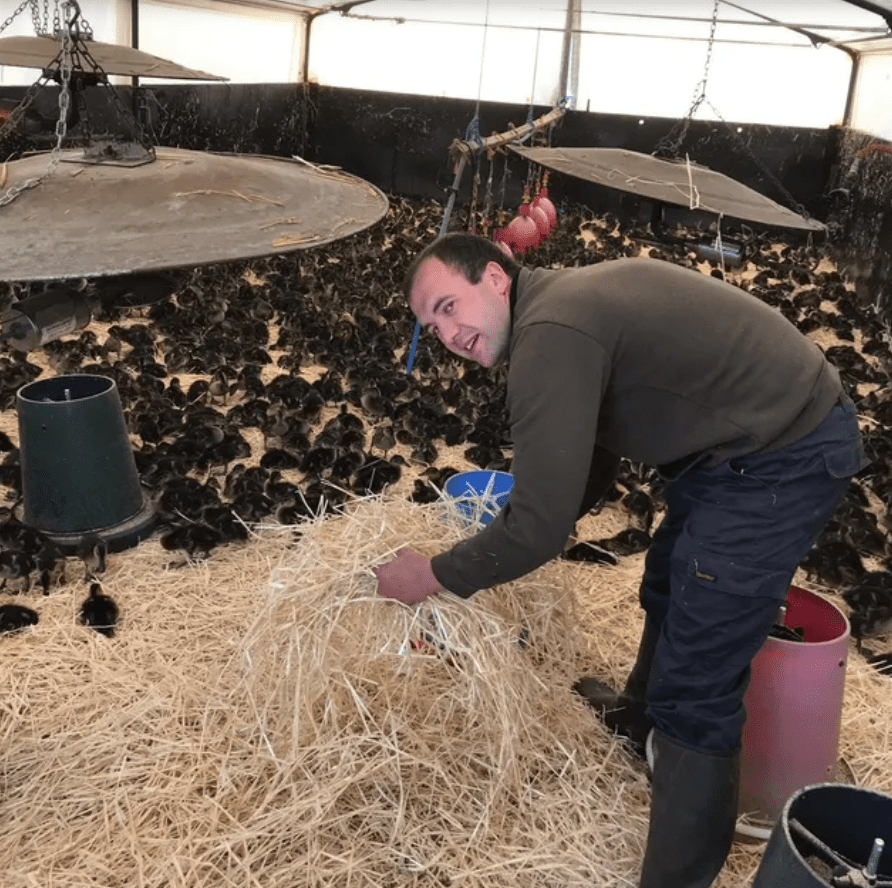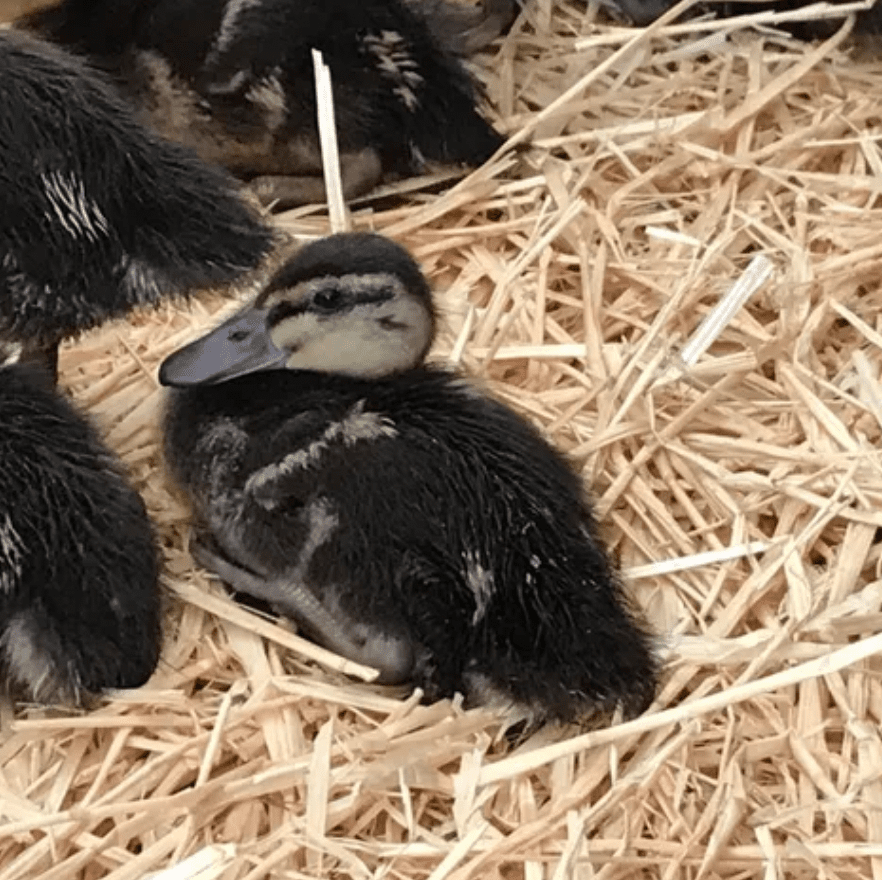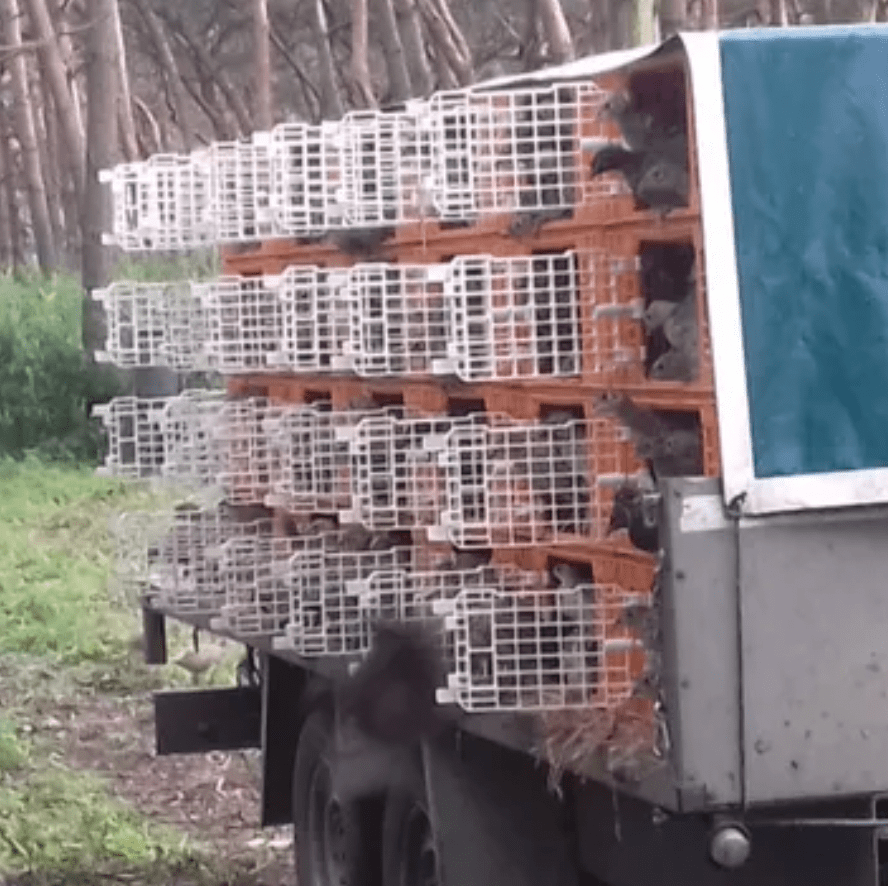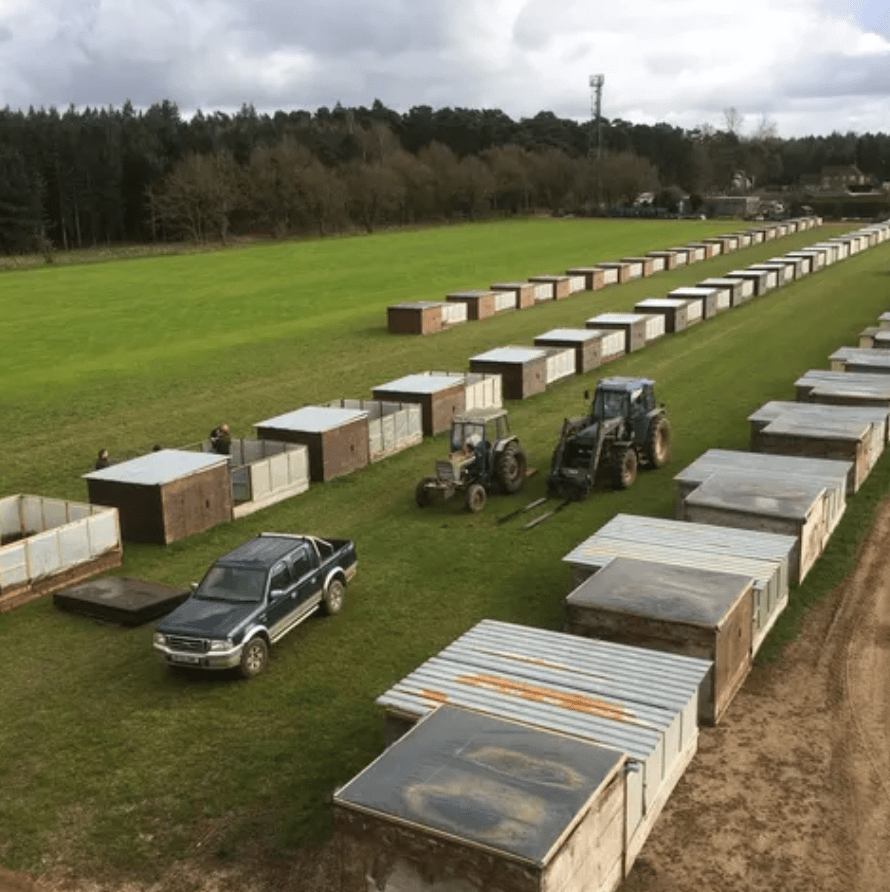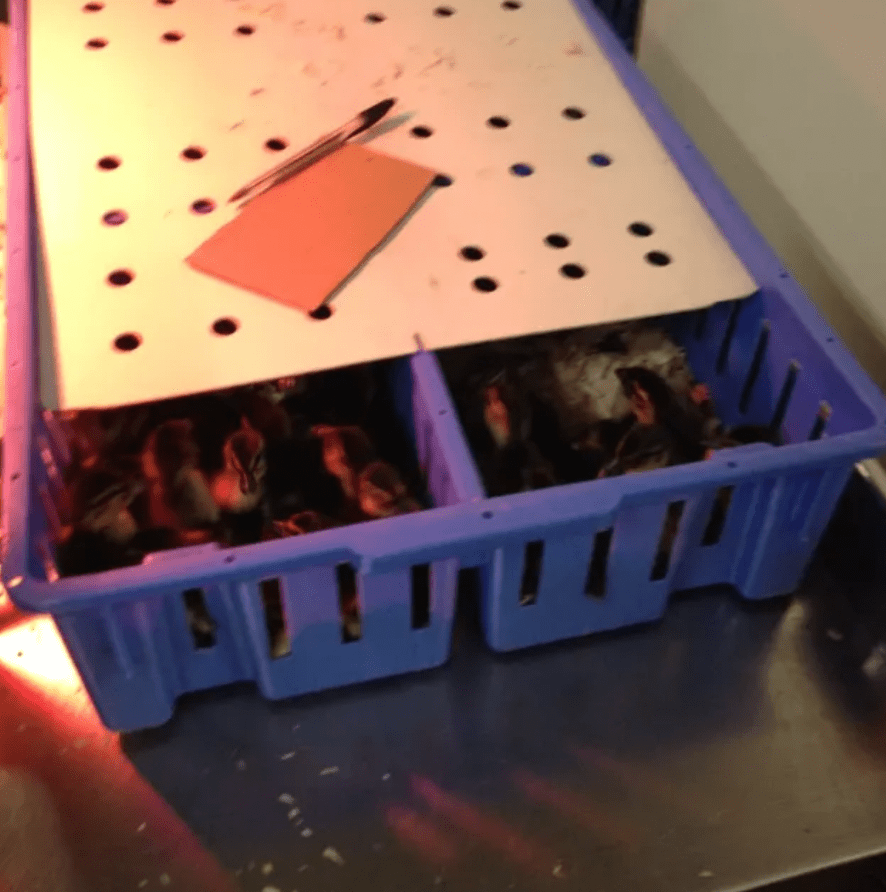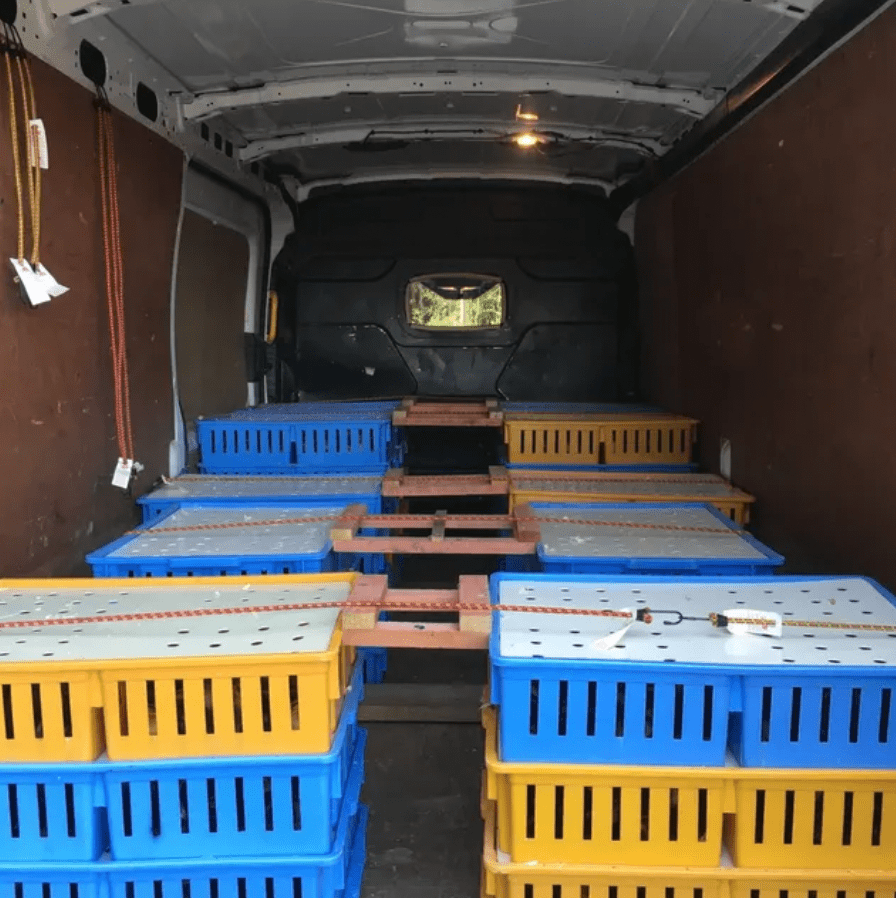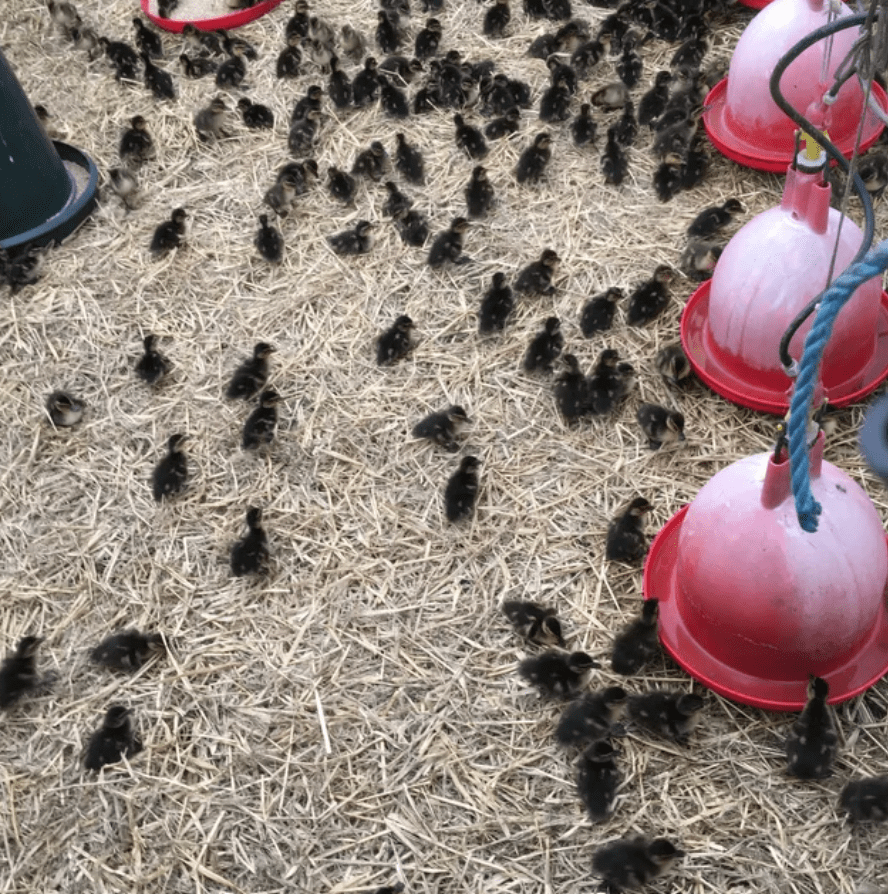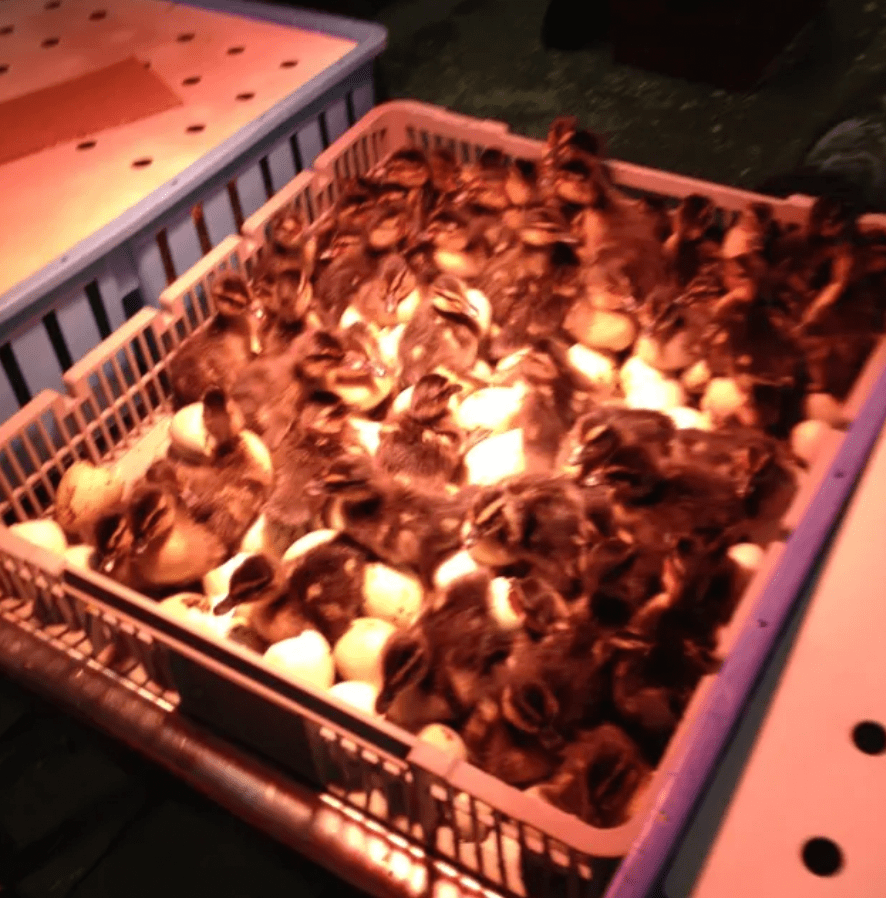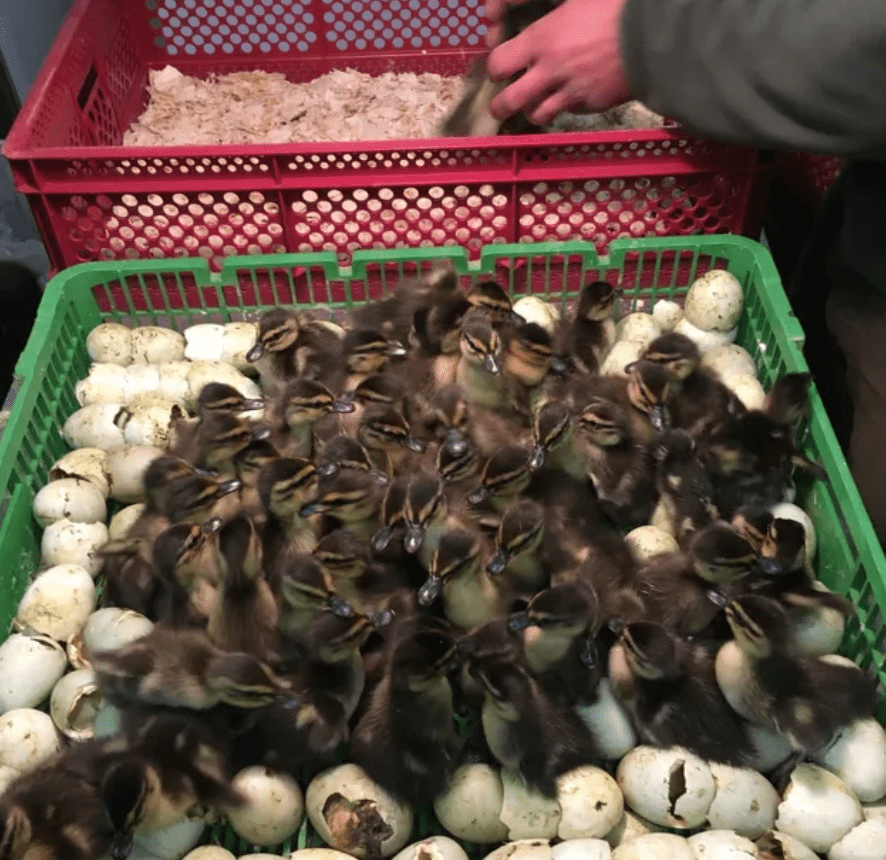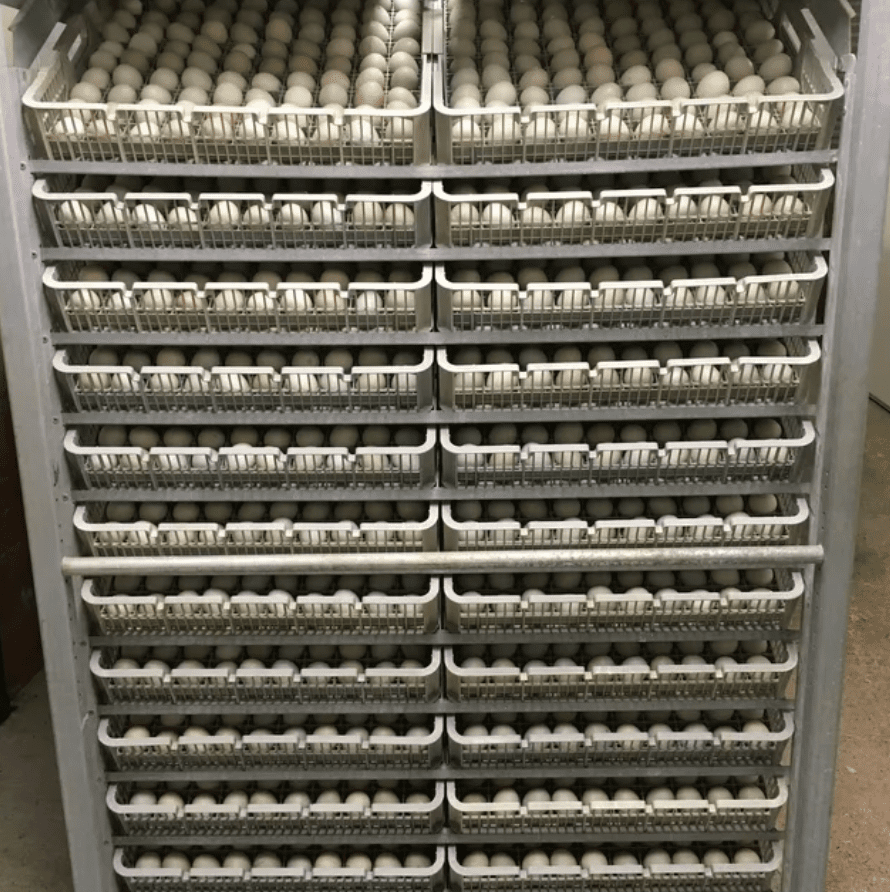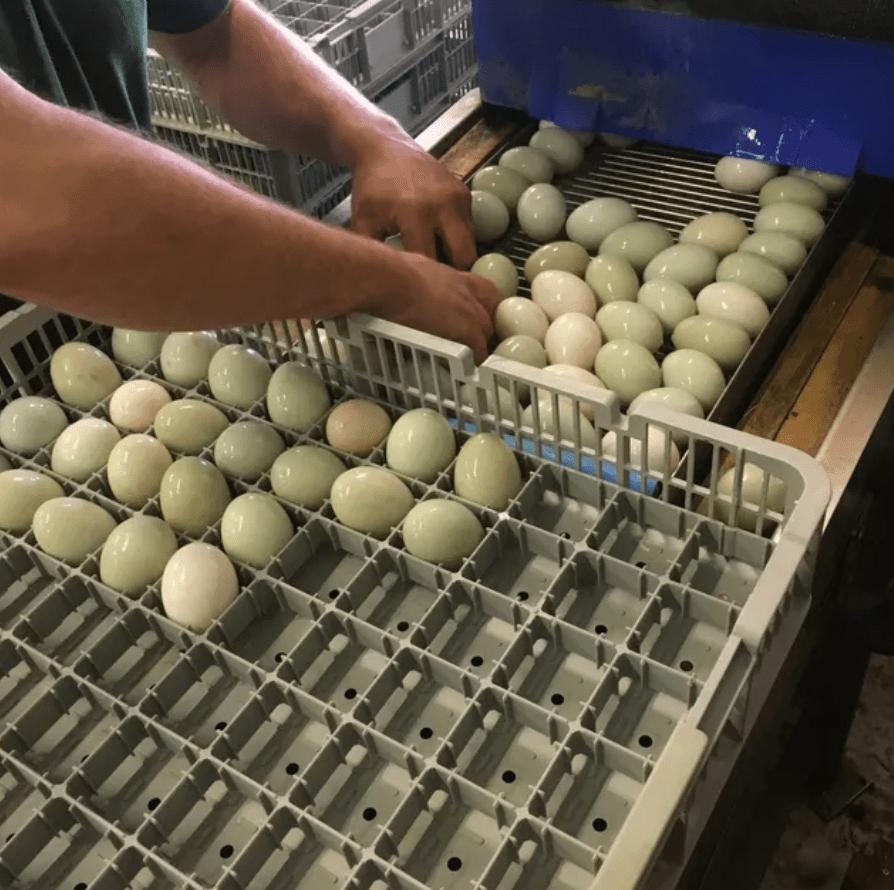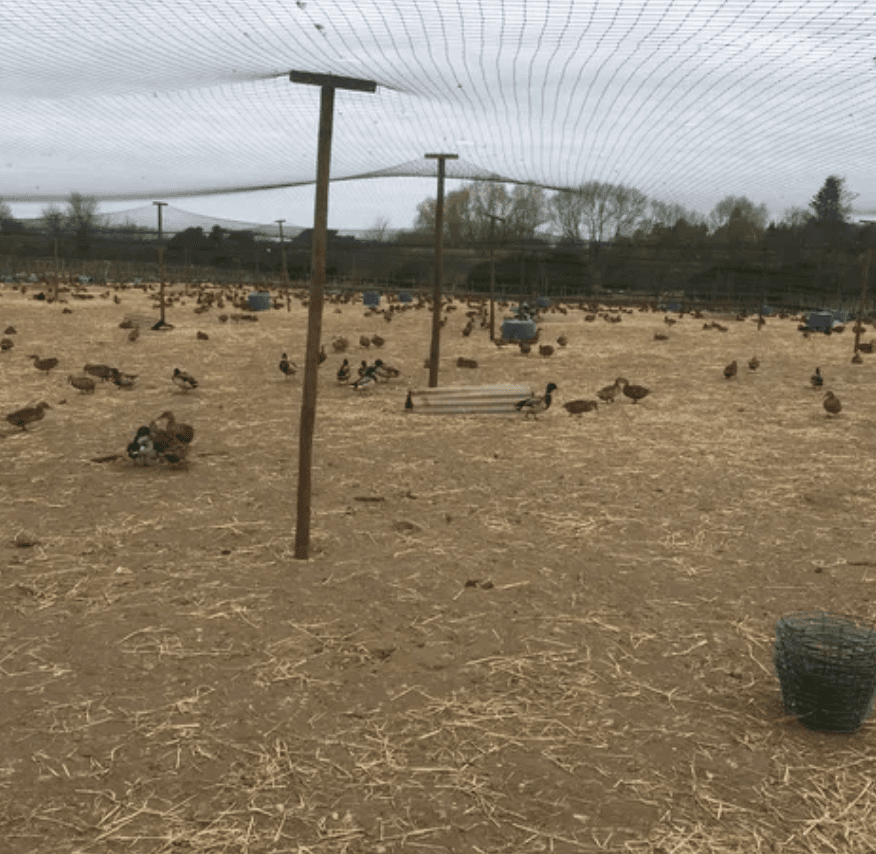Our Story
RKMS Exotic Farms is a small hobby farm we have been raising ornamental ducks since 2002. We began this hobby quite by accident. One summer while vacationing in Yellowstone National Park, I was fortunate enough to see a wild pair of Trumpeter swans. As I admired them, I thought to myself, wouldn't it be nice to have a pair of those on our pond. I wondered if you could even buy such a thing. When we returned home, I decided to find out if, in fact you could buy swans. Sure enough, not only could you buy swans, but there was a whole other world full of exotic waterfowl that could also be obtained. I also learned that there were several breeders of these birds located close by. All were very helpful in getting me started with my first birds. My first pair of exotic ducks were Mandarins, followed by Wood Ducks, Bahama and Northern Pintails and several species of Teal; and yes, I also bought that pair of swans for my pond.
From the humble beginnings of Wood Ducks and Mandarins we now keep and raise about 30 species of wild waterfowl. We also have pheasants, peafowl, swans, quail, and some domestic ducks.
Most of the birds that we raise do not require large enclosures. We have found it possible to keep a larger number and variety of birds in several smaller enclosures instead of in one large one. By not keeping all of our birds togther we can separate species that may hybridize, and also keep better track of our bloodlines. We have found this particularly important in raising color mutations. The majority of our aviaries are about 20 ft by 20 ft with the smallest being about 12 ft by 12 ft. These enclosures can house anywhere from 1 to 15 pairs of birds depending on the size, temperment, and nesting habits of the species being kept.
The floors of our small aviaries and of our holding pens have a 2 inch layer of river gravel with another 2 to 4 inches of sand on top of that. This type of floor drains water very well and virtually eliminates any mud, this helps keep the enclosures much cleaner. Further more, dirty sand can be raked out, or removed from the pen. After it is able to sit for awhile it will naturally be cleaned out by sun and rain, and can then be reused. One disadvantage to using the sand and gravel is the difficulty to grow plants. In the smaller enclosure only a few shrubs can take the birds abuse combined with poor soil conditions. Our large aviary is the only one that can substain grass.
The large Aviary is 75' by 150', it has 3 natural bottom ponds the largest is about 25' by 25' and is 12' deep. Water from the ponds in our smaller enclosures is re-circulated via streams and waterfalls through the ponds in the large aviary. Here we only have gravel and sand along the perimater of the ponds, thus in this pen we can grow grass along with a variety of other plants.
Below are some pictures of our large aviary which was still under construction at the time these pictures were taken.
